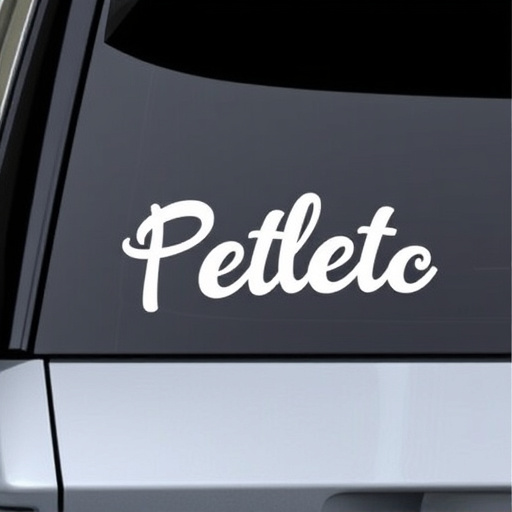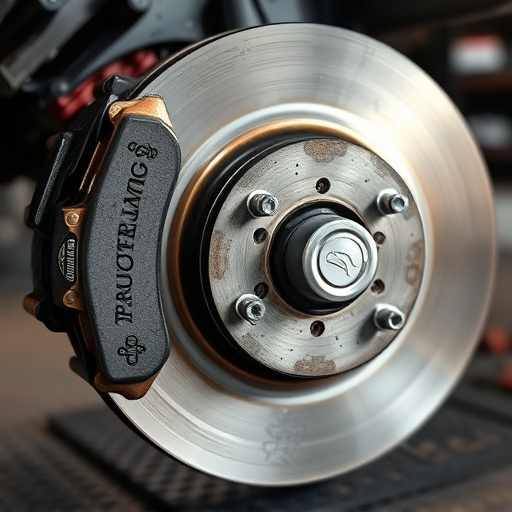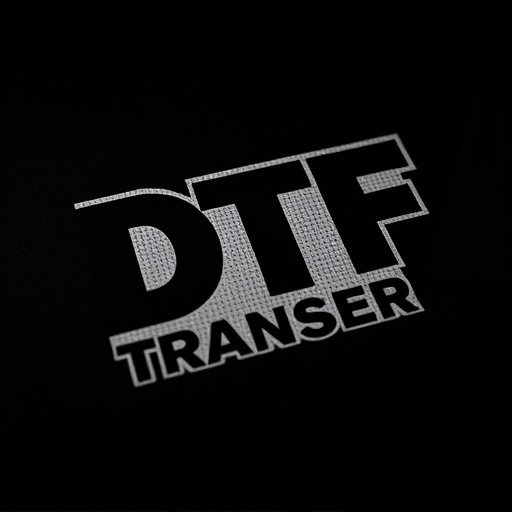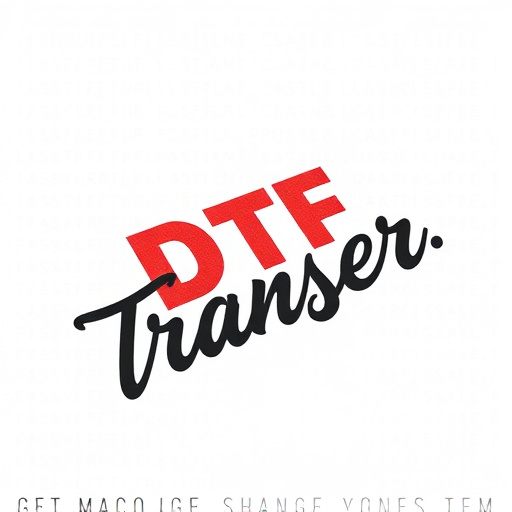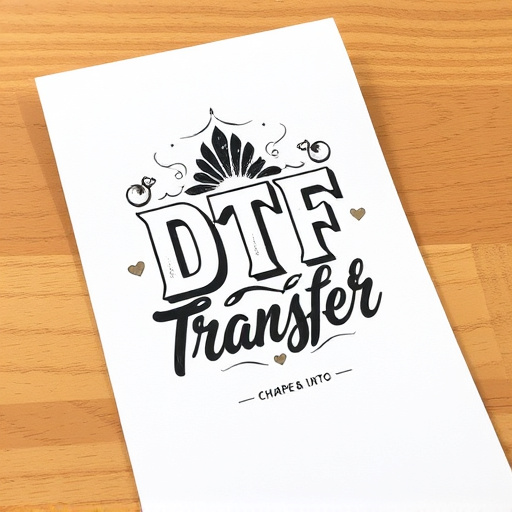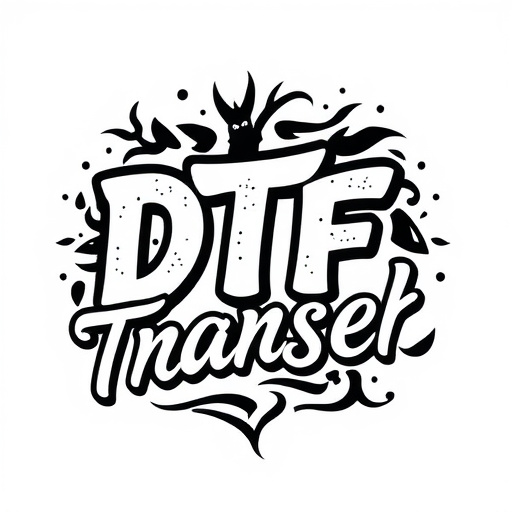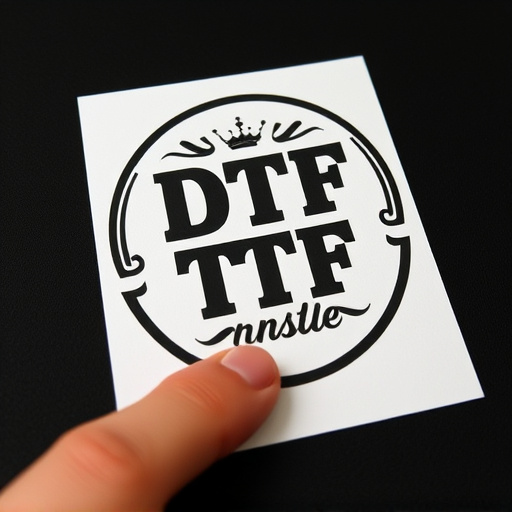Direct-to-Film (DTF) transfer printing is an advanced method using heat technology to create high-quality, vibrant prints on diverse materials, particularly in apparel and signage. The process involves precise printing onto a film, which is then pressed against the target surface to activate ink, offering consistent durability. DTF surpasses traditional heat transfer vinyl by eliminating intermediate layers, allowing full-color, detailed designs directly onto textiles and various substrates. Its applications range from custom apparel to promotional products, gaining popularity for its versatility, cost-effectiveness, and efficient production. The choice between DTF and heat transfer vinyl depends on intended use, with DTF ideal for durable prints on various surfaces and heat transfer vinyl better suited for flexible shapes and larger orders.
“Direct-to-film (DTF) transfer printing and heat transfer vinyl (HTV) are two distinct methods shaping the future of custom apparel and merchandise. This comprehensive guide delves into the world of DTF transfers, exploring their unique process, advantages over HTV, and diverse application areas. From understanding the fundamentals of DTF technology to considering key factors in material selection, this article equips readers with insights to make informed decisions between DTF prints and traditional heat transfer vinyl.”
- Understanding Direct-to-Film (DTF) Transfer: A Brief Overview
- The Process of DTF Printing: How It Works
- Heat Transfer Vinyl: Traditional Approach and Its Limitations
- Advantages of Using DTF Transfer Over Heat Transfer Vinyl
- Applications of DTF Prints: Where They Excel
- Considerations for Choosing Between DTF and Heat Transfer Vinyl
Understanding Direct-to-Film (DTF) Transfer: A Brief Overview
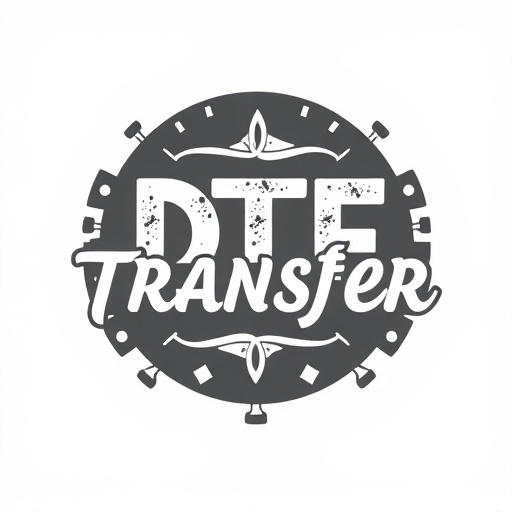
Direct-to-Film (DTF) transfer is a cutting-edge application in the world of printing and design. This innovative process involves transferring printed ink directly onto various surfaces, such as textiles or plastics, using specialized equipment and heat technology. DTF Printing offers a unique advantage by enabling high-quality prints with vibrant colors and fine details on a wide range of materials without the need for traditional intermediate films.
DTF has revolutionized the way designers and manufacturers create custom products, especially in the apparel and signage industries. The process starts with precise printing onto a clear film using specialized DTF printers. This film is then carefully aligned and pressed against the target surface, where heat activates the ink, creating long-lasting, durable DTF prints. This method ensures consistent quality and opens up endless possibilities for creative designs, making it a preferred choice for many modern applications.
The Process of DTF Printing: How It Works
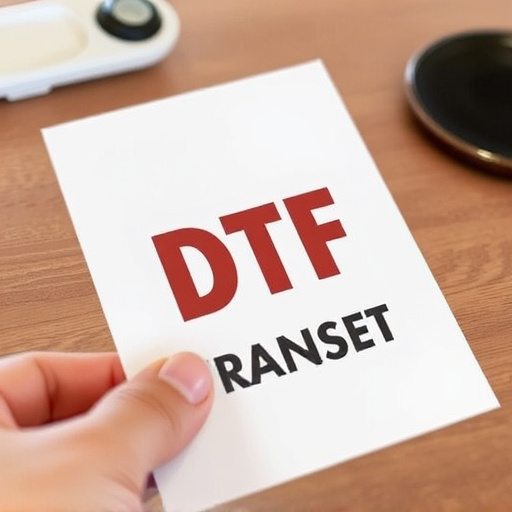
The Direct-to-Film (DTF) printing process involves a state-of-the-art method to apply graphics and designs onto various materials, primarily focusing on heat transfer vinyl. It starts with digital design creation, where artists or designers use specialized software to craft intricate visuals, text, or patterns tailored for the desired outcome. This digital file is then prepared for printing, ensuring the correct resolution and color settings for optimal DTF transfer quality.
The actual printing process utilizes a high-precision printer that fuses the digital design onto a thin film. This film acts as an intermediate layer between the design and the final substrate—be it clothing, signage, or promotional items. The printer precisely deposits ink onto this film, creating DTF transfers that are accurate in detail and color. Once printed, the DTF transfer is carefully cut to match the desired design, ensuring clean lines and precise shapes for a professional finish.
Heat Transfer Vinyl: Traditional Approach and Its Limitations

Heat Transfer Vinyl (HTV) has long been a traditional method for applying graphics and designs to various surfaces, especially in the clothing industry. The process involves transferring ink from a design onto a carrier sheet, then applying heat and pressure to press it onto the desired material. While this technique is well-established, it does come with certain limitations.
One of the primary drawbacks of DTF Transfer is its lack of versatility. The method is best suited for printing on flat surfaces like t-shirts, totes, and plain clothing items. Complex or curved surfaces can be challenging, as the ink may not adhere properly, leading to prints that look distorted or incomplete. Additionally, the quality of DTF Prints can vary, with issues like fading or cracking occurring over time, especially when used on materials other than those commonly recommended for this technique.
Advantages of Using DTF Transfer Over Heat Transfer Vinyl
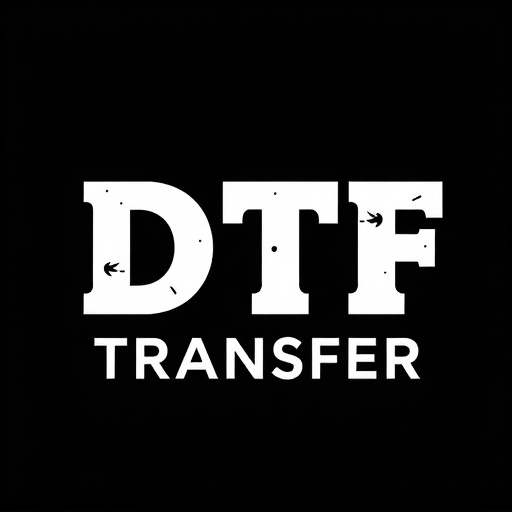
Direct-to-film (DTF) transfer offers several advantages over heat transfer vinyl for various applications. Firstly, DTF printing allows for full-color, high-resolution prints directly on the final material, eliminating the need for intermediate layers and simplifying the production process. This precision results in more vibrant and detailed DTF prints, making it ideal for demanding designs that require intricate details and rich colors.
Additionally, DTF transfer is a more versatile method, suitable for a wide range of materials, including textiles, plastics, and metals. It provides a direct bond to the substrate without the risk of peeling or cracking, ensuring longevity and durability. This makes DTF transfers a preferred choice for items that undergo frequent handling or exposure to varying conditions, such as apparel, signage, and promotional products.
Applications of DTF Prints: Where They Excel
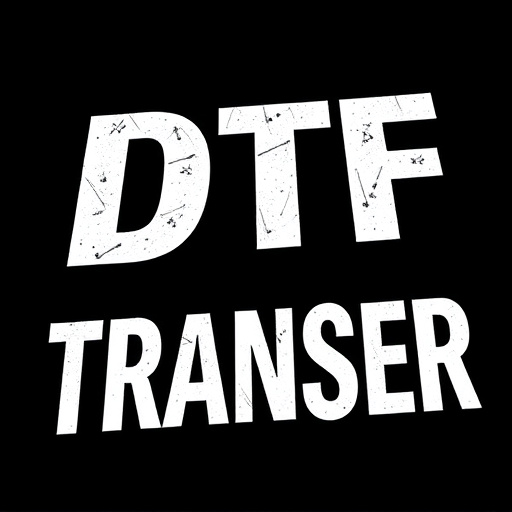
Direct-to-film (DTF) prints have found their niche in various applications where their unique properties shine. One of the primary areas where DTF excels is custom apparel and merchandise. With its ability to produce high-quality, vibrant designs directly on fabric, it offers a cost-effective solution for small businesses and individuals looking to create personalized items. This method allows for intricate details and complex artwork, making it ideal for fashion designers and artists seeking to bring their creative visions to life on t-shirts, hoodies, and more.
Moreover, DTF Transfer technology has revolutionized the way we approach promotional products and signage. It enables the production of eye-catching displays, pop-up banners, and signs with easy customization options. The direct printing process ensures consistent quality, making it a preferred choice for businesses at trade shows, events, and retail spaces where visually appealing, quick-turnaround marketing materials are required. DTF Prints have truly carved out their space in the industry by offering both artistic freedom and efficient production capabilities.
Considerations for Choosing Between DTF and Heat Transfer Vinyl

When deciding between Direct-to-Film (DTF) transfers and heat transfer vinyl applications, several key factors come into play. First, consider the intended use of the final product. DTF is ideal for creating high-quality, durable prints on a variety of surfaces, making it popular for items like phone cases, mugs, and t-shirts that require vibrant colors and intricate designs. Heat transfer vinyl, however, excels in situations where flexibility and adherence to unconventional shapes are essential, such as custom patches, hats, and bags.
Cost and production speed also significantly influence the choice. DTF printing offers a more straightforward process with lower setup times, making it cost-effective for smaller batch sizes or one-off projects. Heat transfer vinyl, while potentially more expensive upfront due to material costs, allows for easier reconfiguration and can be more efficient for larger orders where multiple designs are required. Additionally, DTF transfers tend to provide a smoother, more vibrant finish, while heat transfer vinyl offers the advantage of long-lasting adhesion and durability under various conditions.




